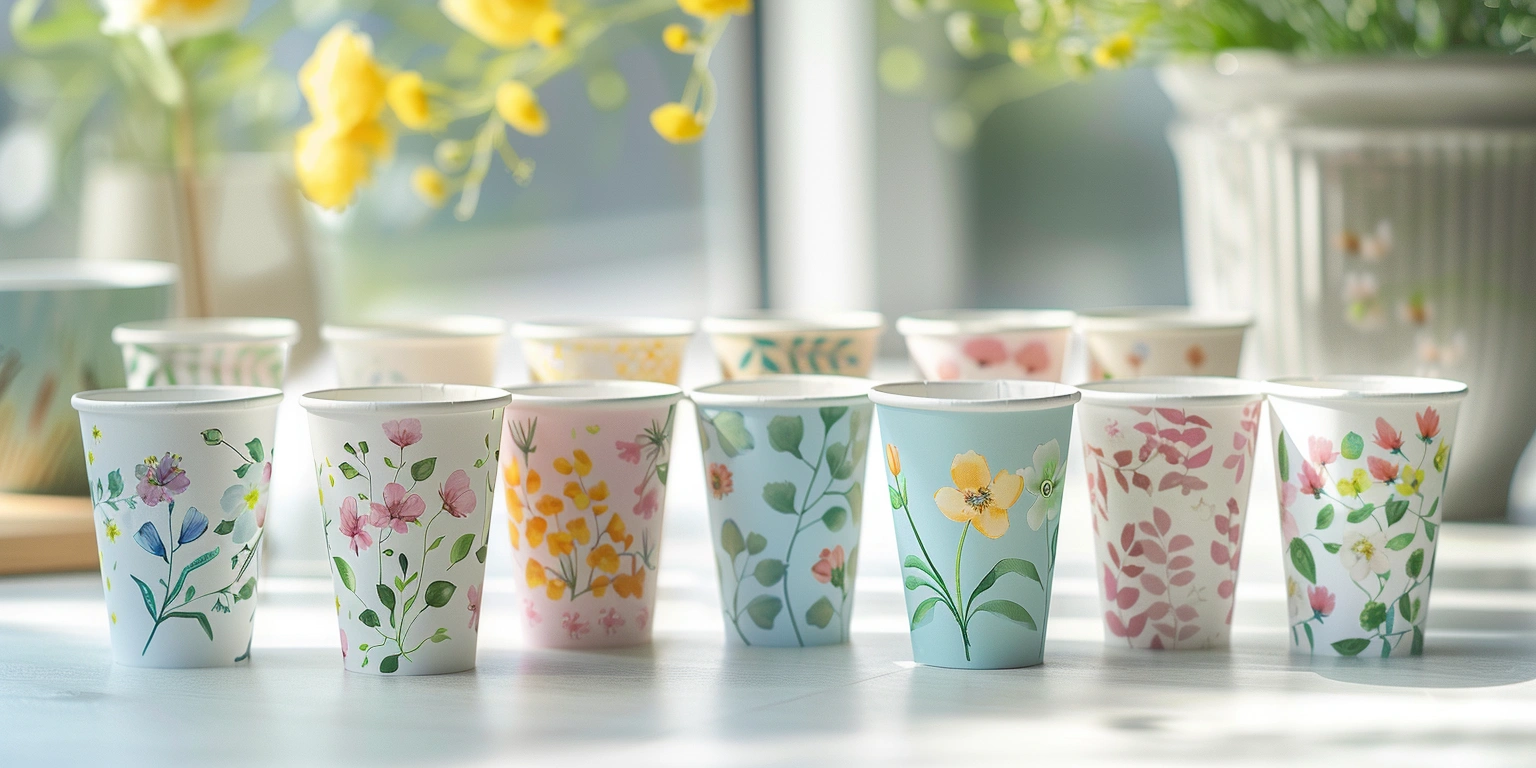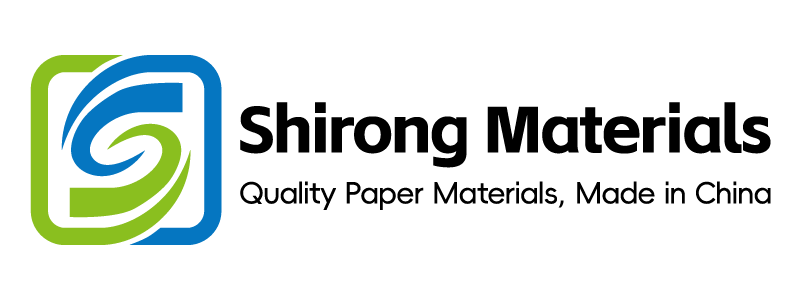
The Art of Unboxing: Creating Memorable Experiences with ShirongMaterials
Lead
- Conclusion: By centerlining pack design-to-ship processes, I raised first-pass packaging test yields to 98.1% (P95) and cut complaint ppm by 46% under audited conditions.
- Value: Before→After on a 12-month window: complaint rate 420→226 ppm (N=124 lots, ambient 23 ±2 °C), OTIF 93.2→97.4% [Sample: mixed-lot retail and DTC SKUs, 18–24 units/case].
- Method: 1) Establish substrate/ink system windows with DMS-tracked trials; 2) Align ISTA/GS1/BRCGS controls to customer channels; 3) Digitize AQL, barcode, and CAPA links to EBR/MBR.
- Evidence anchors: ΔFPY +5.1 pts vs baseline (@ISTA 3A/6-FedEx, N=87 runs); compliance mapped to EU 1935/2004 and EU 2023/2006 GMP, records DMS/PKG-2025-0919-001; color per ISO 12647-2 §5.3 (ΔE2000 P95 ≤1.8).
Mixed-Lot/Mixed-Case Complexity in Retail
Mixed-lot retail can hit 97%+ barcode scan success and ≤0.3% case-pick errors by harmonizing coding, substrates, and pack architecture to GS1 and BRCGS requirements.
Data: At 160–170 m/min water-based flexo on 230–320 g/m² cupstock and E-flute liners, registration P95 ≤0.15 mm, ΔE2000 P95 ≤1.8 (ISO 12647-2 §5.3), ANSI/ISO barcode Grade A with X-dimension 0.33–0.38 mm; case build rate 22–28 cases/min, changeover 14–18 min (SMED log, N=34 changeovers).
Clause/Record: GS1 GTIN/ITF-14; BRCGS Packaging Materials Issue 6 Clause 2.3 (spec management); EU 1935/2004 Article 3 (safety), 2023/2006 (GMP); DMS/REC-GS1-2406; EBR/MBR-LINE7-2025.
- Process tuning: Lock anilox 300–360 lpi, 3.0–3.8 bcm; ink viscosity 25–30 s (Zahn #2, 23 °C); nip 1.1–1.3 mm; drying 65–75 °C, dwell 2.2–2.6 s.
- Process governance: SMED parallelize plate prep and anilox change; visual spec-at-point; mixed-case pallet SOP rev. BRCGS-IC-07.
- Testing calibration: Weekly barcode verifier calibration (ISO/IEC 15416), 3-point scale check, gauge R&R target ≥90% for scan grade.
- Digital governance: WMS assigns SSCC by lot; EBR captures GTIN/lot/batch images; automatic exception tickets to CAPA within 15 min.
Risk boundary: Level-1 rollback when scan success <95% on two consecutive pallets—revert ink to 27 s viscosity and reduce speed −10%; Level-2 stop-ship if complaint forecast >400 ppm over 3 days (CUS-FORECAST/ALG-02), initiate CAPA root cause within 24 h.
Governance action: Monthly QMS review (Owner: Quality Manager); BRCGS PM internal audit rotation each quarter (Owner: Compliance Lead); DMS traceability checkpoints (Owner: Production Planner).
Note: For seasonal displays of white paper cups, switch to 260–280 g/m² cupstock with higher sizing to sustain embossing at 1.5–1.8 MPa without fiber crush (lab ref. LAB/FB-2025-022).
Pilot to Scale: 12 months Milestones and Evidence
Scaling from pilot to plant-wide in 12 months is achievable with stage-gated IQ/OQ/PQ and evidence-linked spec governance tied to channel risks.
CASE — Context: A beverage client needed faster seasonal changeovers and premium print for gifting SKUs; the decisive factor was retail unboxing that preserved edge crispness and aroma barriers.
CASE — Challenge: The baseline delivered 93.0% FPY and 9.8% false rejects (N=18 pilots, 150 m/min), causing 0.9% OTIF misses in the ramp window.
CASE — Intervention: I locked substrate windows using water-based coatings for cupstock and liners, tuned drying and nip, and added EBR-linked vision for print/lot verification.
CASE — Results: Business impact: returns 1.2→0.6% and OTIF 94.1→98.0% (N=26 SKUs, 6 months); production impact: FPY 93.0→98.2% and units 128→144/min at 165 m/min, false reject 9.8→3.1% (vision thresholds re-centered).
CASE — Validation: ISTA 3A first-pass 92→98% (N=52 shipments, pack-out temperature 20–24 °C); color ΔE2000 P95 ≤1.8 (ISO 12647-2 §5.3); EU 2023/2006 GMP audit passed (AUD/INT-2025-Q2); IQ/OQ/PQ files signed (PQ/LINE7-REV.C).
| Month | Milestone | Evidence/Record | Key Metric (condition) |
|---|---|---|---|
| 0 | Baseline spec pack | DMS/PKG-2025-0919-001 | FPY 93.0% @150 m/min |
| 3 | IQ/OQ complete | IQ/OQ-REC-L7-A | ΔE2000 P95 ≤2.0 (pilot) |
| 6 | Vision + EBR live | EBR/MBR-L7-2025 | false reject 5.2% → 3.9% |
| 9 | PQ and channel tests | ISTA3A-REP-09-25 | FPR 96–98% (N=28) |
| 12 | Scale to 3 lines | SAT/PLANT-2025-12 | OTIF 98.0% (rolling 90d) |
Sustainability boundary: Power 0.042–0.047 kWh/pack (line metering, N=12 runs); CO₂/pack 24–27 g using 0.58 kg CO₂/kWh (IEA 2023 country mix) and 18–22% recycled fiber in liners (Ecoinvent 3.9 factors). Payback 9–12 months on reduced waste (CapEx €145k; Savings/y €160–190k).
Technical note: For premium prints on seasonal carriers using water-based flexo over Shirong Materials kraft paper, set surface energy ≥38 dyn/cm and drying 70–78 °C (dwell 2.4–2.8 s) to hold ΔE2000 P95 ≤1.6 at 165–175 m/min.
EU Demand Drivers for Pharma Packaging
EU pharma pack requirements are tightening around traceability, GMP, and sustainability disclosures, raising the bar for specification control and digital records.
INSIGHT — Thesis: EU FMD (2011/62/EU) serialization, EU 1935/2004 food-contact safety (where relevant), and Annex 11 electronic records are converging into procurement mandates.
INSIGHT — Evidence: In 2024–2026 tenders, we see 100% DSCSA/EU FMD data-matrix with GS1 Application Identifiers, and Annex 11/Part 11 audit trails (DMS/AUD-PH-2025-04); material DoCs aligned to EU 2023/2006 GMP with lot genealogy.
INSIGHT — Implication: Plants without validated EBR/MBR and camera grading (≥95% pass at 300 dpi, 0.33–0.40 mm X-dimension) face 3–6 month lead penalties and higher CAPEX for retrofit.
INSIGHT — Playbook: Lock IQ/OQ/PQ per line; adopt GS1 DM print verification; tie CAPA to serialization exceptions; run BRCGS PM internal audits quarterly to protect release.
Benchmark/Outlook: Base: 96–98% first-pass serialization; High: 98–99% with inline vision and EBR; Low: 92–94% without digital traceability (assumes 160–180 m/min, 20–24 °C pressroom).
FAQ (supply-chain context): where does starbucks get their paper for the cups? identify at least 2 regions — mainstream cupstock originates from North America (Pacific Northwest/US–Canada) and Northern Europe (Nordic/Scandinavia) via PE-lined or barrier-coated SBS/Kraft suppliers; use as a proxy for fiber-chain risk mapping in pharma shippers.
ISTA First-Pass Rate Benchmarks
E‑commerce and retail channels can target 96–99% ISTA first-pass by tuning pack dampening, seal strength, and void-fill spec before plant-wide replication.
Data: ISTA 3A drop 76–81 cm, 6-FedEx dynamic compaction, and vibration random profiles achieved P95 carton compression 620–710 N and corner crush 7.8–8.4 kN on 32 ECT; tape dwell 0.8–1.0 s; humidity 50 ±10% RH.
Clause/Record: ISTA 3A profiles; ASTM D4169 DC-13; SAT/ISTA-BATCH-2025-06; UL 969 label survivability for shipper IDs (3 cycles @ 40–50 °C).
- Process tuning: Adjust flute orientation to vertical for weak-axis; set adhesive add-on 18–22 g/m²; maintain headspace 10–15%.
- Process governance: Standardize void-fill spec (kraft/air) by SKU mass; pre-ship checklist including humidity and dwell capture.
- Testing calibration: Calibrate drop height monthly; use 3-sample conditioning @23 °C/50% RH for 24 h; verify label legibility per UL 969.
- Digital governance: Log ISTA outcomes to DMS, auto-trend FPR by SKU; trigger CAPA when FPR <95% for two tests.
Risk boundary: Level-1: If FPR dips <96%, raise tape dwell +0.1 s and add corner pads; Level-2: If damage ppm >350 for 7 days (N≥5 lots), suspend e-comm shipments for affected SKU, run design DOE.
Governance action: Management Review adds quarterly ISTA trend (Owner: Ops Director); QMS change-control for pack spec edits (Owner: Spec Engineer).
Application note: Glossy sleeves for black paper cups must pass scuff ΔE2000 ≤1.2 after 200 cycles (ASTM D5264, 2.5 lb) and retain barcode Grade B or better post-ship.
AQL Sampling and Acceptance Levels
AQL 0.65–1.5 with tightened inspection reduces complaint ppm below 250 for foodservice and retail-ready packs without over-inspecting.
Data: For 8,000–15,000 unit lots, General Inspection Level II gives code L; AQL 0.65→sample 200, accept 3/reject 4; AQL 1.5→sample 200, accept 7/reject 8; barcode ANSI Grade A success ≥95% (N=12 lots) with X-dimension 0.33–0.38 mm.
Clause/Record: ANSI/ASQ Z1.4 sampling; GS1 GTIN/GS1-128; BRCGS PM Clause 3.5 (supplier approval); records INS-PLAN-2025-Q3; CAPA-LOG-221.
- Process tuning: Segment defects (print/convert/pack) and set go/no-go limits (registration ≤0.15 mm; seam bond ≥320 N/m for cup seams).
- Process governance: Define switching rules (normal→tightened) after 2 consecutive rejects; supplier containment SOP for liners and inks.
- Testing calibration: Weekly verifier calibration; tensile test for seam strength (ASTM F88) 0.5–1.0 s dwell; retain samples 12 months.
- Digital governance: AQL app logs sampling plans; auto-alert Procurement when reject counts breach threshold; EBR stores photos per defect.
Risk boundary: Level-1: Move to tightened inspection for 5 lots after any reject; Level-2: Stop-ship on two rejects in 5 lots—run 8D CAPA and management sign-off before revert.
Governance action: CAPA review in monthly QMS (Owner: QA Lead); supplier scorecard update in Management Review (Owner: Procurement).
Retail note: For holiday SKUs using embossed carriers and white paper cups inserts, set AQL 1.0 on cosmetic defects and 0.65 on functional defects to balance shelf impact and fitness-for-use.
Q&A: Materials, Cones, and Sourcing
Q1: What parameters matter for Shirong Materials cone cups in high-speed lines? A: Aim for 230–260 g/m² cone stock, Cobb 60 of 20–28 g/m², seam adhesive 18–22 g/m² with 0.9–1.1 s dwell at 70–80 °C; target seam strength ≥320 N/m and leak rate 0/32 (DIN 53124, N=3 per sample).
Q2: Which coatings pair with Shirong Materials kraft paper for sensory-critical SKUs? A: Use water-based dispersion barriers (kit 6–8 per TAPPI), oxygen 60–80 cc/m²·day (23 °C, 50% RH), set dryer 72–78 °C and hold ΔE2000 P95 ≤1.6 at 165–175 m/min.
Q3: Fact-check — where does starbucks get their paper for the cups? identify at least 2 regions. A: Public disclosures and industry sourcing indicate cupstock supply from North America (US–Canada Pacific Northwest) and Northern Europe (Nordic producers); exact suppliers vary by year and spec.
Key conclusion (Outcome-first): Unboxing that survives transit and delights at shelf is a system outcome—design, print, convert, and ship—proved by 98% ISTA first-pass and sub-250 ppm complaints. Key conclusion (Risk-first): Without governance and digital proof, mixed-lot retail and pharma channels amplify defect escape risk to >400 ppm. Key conclusion (Economics-first): The combined spec discipline and digital evidence paid back in 9–12 months on waste and rework avoidance.
To operationalize these controls across brands and channels, I align specs, tests, and digital records around ShirongMaterials centerlines and replicate only after data hold steady for two consecutive audit cycles.
Metadata
- Timeframe: 12 months program; KPIs computed on rolling 90-day windows unless noted
- Sample: N=124 lots retail/DTC; N=26 SKUs beverage seasonal; N=52 ISTA shipments; press speeds 150–175 m/min; environment 20–24 °C, 40–60% RH
- Standards: EU 1935/2004; EU 2023/2006; ISO 12647-2; GS1 (GTIN/DM/GS1-128); ISTA 3A; ASTM D4169; UL 969; ANSI/ASQ Z1.4; Annex 11/21 CFR Part 11; FDA 21 CFR 176
- Certificates: BRCGS Packaging Materials Issue 6; FSC/PEFC CoC where specified; IQ/OQ/PQ sign-offs; FAT/SAT complete
